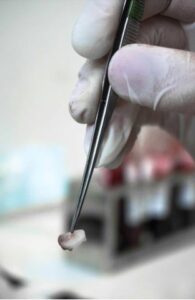Let us consider the profession. Dentists come in many different forms: cosmetic dentists, prosthodontists, periodontists, orthodontists, endodontists, general practitioners, oral surgeons, implantologists, pediatric dentists, and others. It is difficult for the public to differentiate one from the other, and moreover, a general practitioner (GP) can perform most dental procedures if well trained. Let us look at it this way: when a patient goes to the hospital, he or she is directed to a specialist in the part of the body that has the problem. That specialist is usually highly trained and has the resources in his or her department to treat that part of the body. You will never see a medical GP operating on a patient’s heart or an orthopedic surgeon operating on a patient’s brain.

Like the body, the oral cavity should be seen as consisting of parts: hard tissue, soft tissue, nerves, bone, teeth, mechanics, and muscles. A myriad of problems can occur in the oral cavity. You can have biological issues such as infections, mechanical issues such as fractures or abrasions, and of course, your teeth create one of the most important things connected to our emotions: the smile. So why should we expect a GP to solve all these problems?






 Customer Login
Customer Login